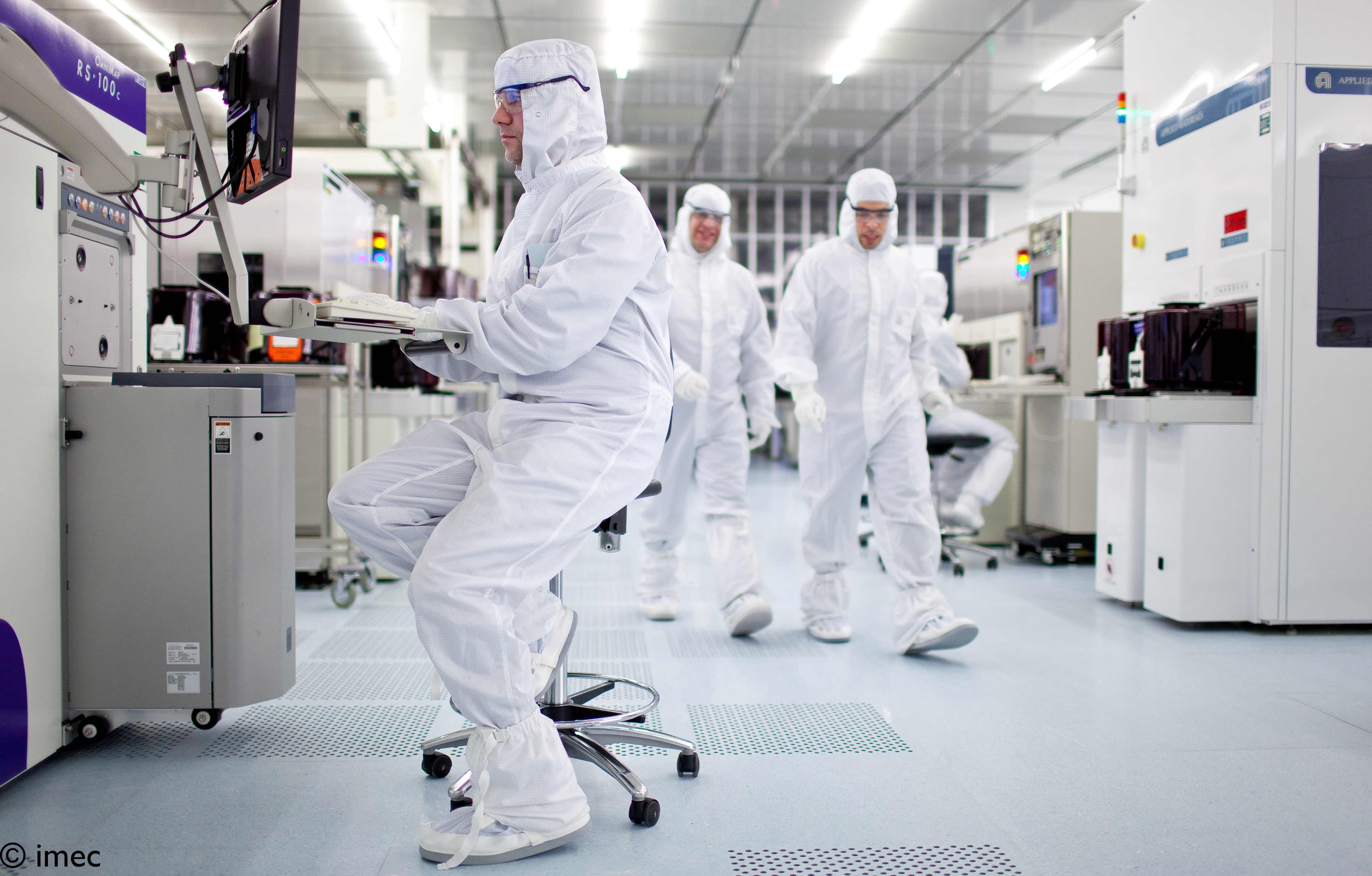
The Hoof-MATE project aims to enable horse owners to optimize the performance of their equine companions by designing a wearable monitoring device that can be attached inside the horse’s hoof. Gathering data insights 24/7, this low-energy IoT device will track the animal’s progress on training and nutrition plans, energy consumption, behavior and other health and performance parameters.
Booming industry, skyrocketing investments
Flanders’ horse industry records an annual turnover of 800 million euros. And while the cash prize offered by an equestrian tournament may be as high as 800,000 euros, the investment amounts needed to keep the industry going are also high.
The impact of costly training sessions and feed supplements on horses is difficult to assess, as most horse training and nutrition plans are based on experience, instinct and general knowledge rather than data and medical insights. Even more, equestrians may overestimate the abilities of their animals. All of this potentially leads to injuries, medical problems, veterinarian interventions or even the premature death of the horse.The aim of this project is to quantify and improve performance, as well as to detect anomalies in an early stage using a wearable activity monitoring device.
Insights 24/7
The Hoof-MATE project will design a multi-purpose activity tracker that gathers data on training, nutrition and health. It will monitor parameters such as number of steps and jumps, time spent in each gait, etc.The data will allow to make a fair comparison of the horse’s training load, even if the horse is mounted by different riders. The data can also serve as input for the horse’s nutrition plan by monitoring the horse’s activity level 24/7.
Moreover, the device will automatically detect anomalies in the horse’s behavior, enabling caretakers to pick up on warning signs quickly and significantly reduce the time interval between onset and veterinarian intervention. The data obtained will also be used to achieve performance targets, improve financials, and obtain better health of the horse.
State-of-the-art monitoring solution
The key features of an equine wearable are accurate monitoring, easy use, 24/7 monitoring without disturbing the horse, and to provide long range connectivity. Existing solutions fail on at least one out of these three features. Bringing together a consortium of industry players, research partners and equine user groups, the Hoof-MATE project aims to surpassexisting solutions by achieving key innovations in the following domains:
-
Design of an in-hoof solution.
-
Quality long-range wireless communication – a quality signal of up to at least 200 meters will be obtained for wireless communication, with an optimal antenna design that fits in a horse’s hoof.
-
Optimal energy harvesting and management – the system should be able to work autonomously 24/7 for at least 6 weeks in a row through kinetic energy harvesting based on the horse’s hoof movements, and energy demand prediction.
-
Accurate measurement of health parameters. Accurate and fast data analytics – physiological, behavioral, pathological analyses will be carried out to ensure the device’s high accuracy, stability and fast anomaly detection (within 10 minutes). Novel machine learning techniques will also be deployed to enhance data analytics.
- Scientific validation of the system.
A leap of knowledge
The Hoof-MATE consortium will design a monitoring device that is superior to existing solutions on the market. It will constitute a leap of knowledge as well as a technological advancement in terms of four key features: accurate and scientifically validated health parameter and activity monitoring, ease of use, 24/7 monitoring without disturbing the horse, and long-range wireless communication.
“Hoof-MATE will design a wearable monitoring device that can be attached inside the horse’s hoof. Gathering data insights 24/7, this low-energy device will track the animal’s training and nutrition plans, energy consumption, behavior and other health and performance parameters.”
Hoof-MATE
A wearable tracker for equine training, nutrition and health monitoring.
Hoof-MATE is an imec.icon research project funded by imec and Agentschap Innoveren & Ondernemen.
It started on 01.06.2019 and is set to run until 31.05.2021.
Project information
Industry
- Equicty
- NXP Semiconductors België
- Stoeterij Hidalgo
- Verhaert New Products & Services
Research
- imec - IDLab IBCN – UGent
- imec - WAVES – UGent
- UGent - Faculty of Veterinary Medicine
Contact
- Project lead: Rudy Van Raemdonck
- Research lead: Margot Deruyck
- Proposal Manager: Margot Deruyck
- Innovation manager: Eric Van der Hulst











